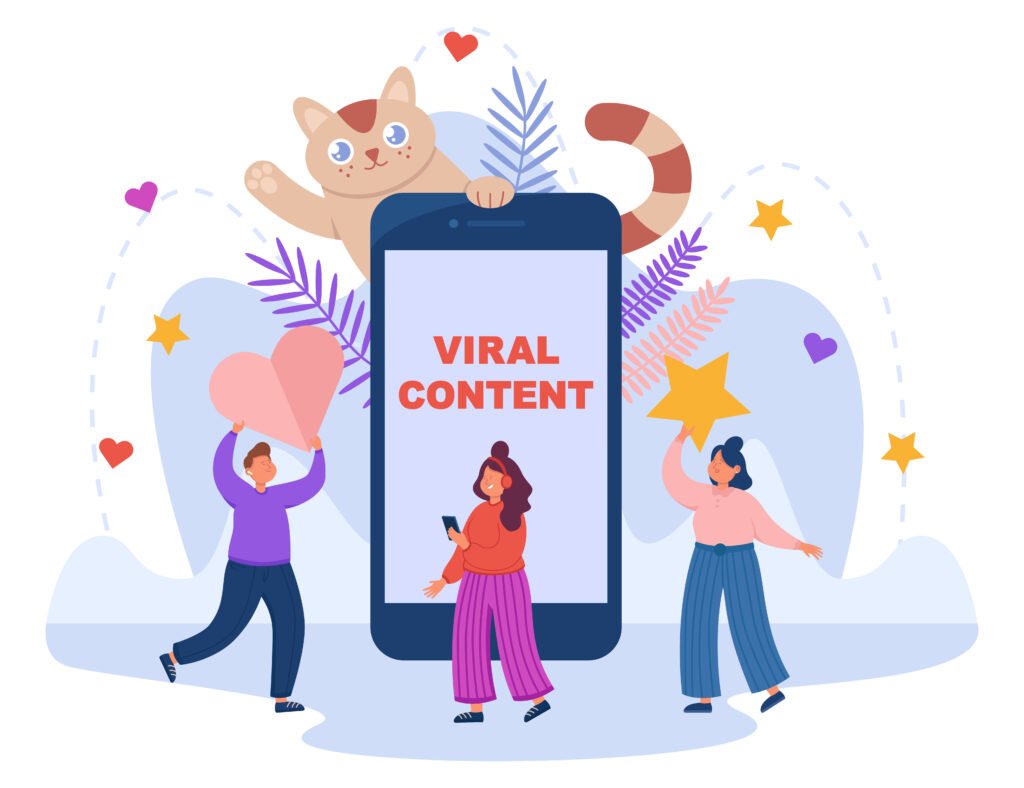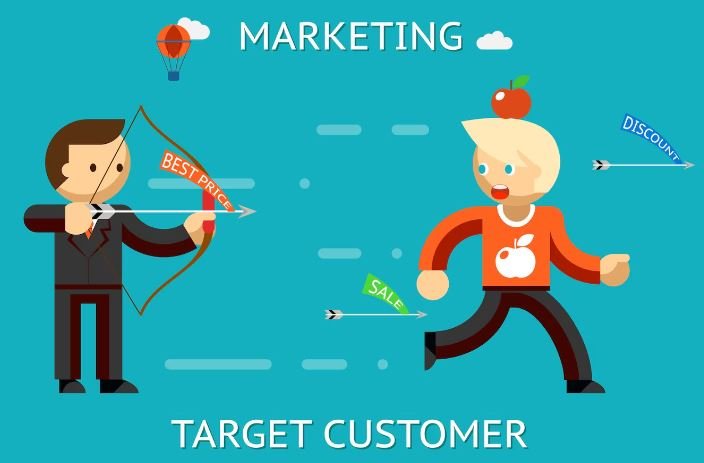
What does Guerrilla Marketing mean?
Guerrilla Marketing is a marketing strategy that uses creative, unconventional, and low-cost techniques to promote a brand, service, or product. The goal is to generate interest and create a buzz among a target audience by using tactics that are unexpected and grab attention.

What are Guerrilla Marketing Services?
Guerrilla Marketing Services are specialized offerings that help businesses implement unconventional and attention-grabbing marketing strategies. These services often involve:
Creative ideation: Generating innovative and unexpected marketing concepts.
Event planning: Organizing pop-up events, flash sales, or experiential marketing activations.
Street marketing: Developing and executing street art campaigns, ambient marketing, or guerrilla advertising.

Viral content creation: Producing engaging and shareable content for social media and other platforms.
Public relations: Managing media relations and securing press coverage for guerrilla marketing stunts.
Measurement and analysis: Tracking the impact of guerrilla marketing campaigns and providing insights for future strategies.
When did Guerrilla Marketing start?
Guerrilla marketing as a term gained popularity in the 1980s, but the concept itself has been around much longer. Historically, guerrilla tactics were used by military forces for unconventional warfare. These strategies were later adapted for marketing purposes.
While the term “guerrilla marketing” became prominent in the 1980s, the practice of using unconventional and surprising tactics to promote products or services can be traced back to various examples throughout history.

For instance, the Boston Tea Party in 1773 is often cited as an early example of guerrilla marketing, as it was a political protest disguised as a tea-drinking party. In essence, while the term itself is relatively new, the concept of guerrilla marketing has been in practice for centuries.
What are Guerrilla Marketing tactics?
Guerrilla Marketing Tactics are unconventional and often surprising strategies used to promote products or services. They aim to create a buzz and generate word-of-mouth publicity through unexpected and memorable experiences. Here are some popular guerrilla marketing tactics:
Surprise appearances: Suddenly appearing in unexpected places, like a flash mob or a surprise performance.
Product placement: Placing products in unexpected or non-traditional locations.
Hijacking events: Capitalizing on existing events or trends to promote a brand.

Street art: Creating murals, graffiti, or stencils to promote a brand or message.
Chalk art: Using chalk to create messages or designs on sidewalks or public spaces.
Sticker bombing: Placing stickers with brand messages or logos in various locations.
Challenges or contests: Creating online challenges or contests that encourage user participation and sharing.
Hoaxes or pranks: Intentionally spreading false or misleading information to generate buzz.
Record-breaking attempts: Attempting to set world records for attention-grabbing stunts.
Pop-up shops: Temporary retail stores that appear in unexpected locations.
Sampling events: Offering free samples of products in public places.
Interactive installations: Creating immersive experiences that engage consumers.

Product integration: Incorporating brand messages or logos into products or packaging.
Cryptic codes: Hiding messages or clues in marketing materials.
Easter eggs: Placing hidden or secret elements in marketing campaigns.
Brand impersonations: Temporarily taking over the social media accounts of influencers or celebrities.
Hashtag campaigns: Creating and promoting trending hashtags to generate online discussions.

Guerrilla advertising: Using unconventional methods like stickers, graffiti, or street performances.
Product placement in media: Placing products in movies, TV shows, or video games.
Influencer marketing: Collaborating with influencers to promote products or services.
Remember, the key to successful guerrilla marketing is to be creative, unexpected, and engaging. These tactics should align with your brand’s values and target audience to maximize their impact.
